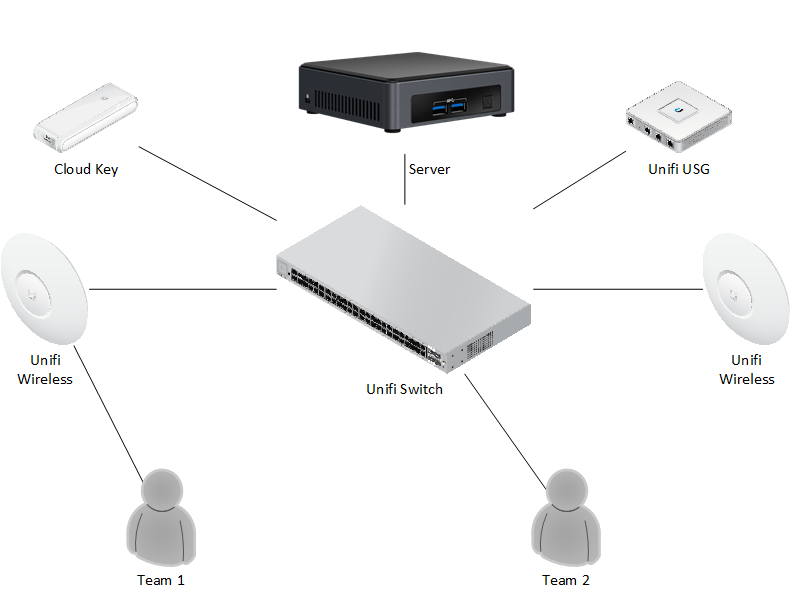Our national web design contest is changing this year. We always ask for feedback (from competitors and their advisors) and have heard a similar message for a few years. We realize the emphasis has shifted to development on a server and consumption of apis (and more). Therefore, we have made an investment in server and network technology which should position us for a few years. We realize the web is dynamic and that access to a server is a necessity these days. We also know that the cost of having an actual Internet connection is prohibitively high at the venue. Plus, we still want to focus on what individual teams know (and do not want individuals to copy and paste solutions they may find online). Therefore, we decided to develop a local server and network environment (think intranet) which will allow us to offer secure space for each team to develop their applications.
Your feedback helped us
As prior competitors know, we always listen to feedback and try to incorporate it where appropriate. We believe that 2018 will mark a milestone as we move from development on individual laptops to a networked server environment. We anticipate our investment in this technology should allow us to focus more on the development aspects of our competition. Competitors – we have heard you and this is the first of many changes we anticipate in the coming years. Here is how we are configuring the network for our 2018 competition.
Network Goals
We established some interesting goals for the network to support competitors this year. These enhancements include:
- A server displaying an API to be accessed by competitors.
- Both wired and wireless access to the server (we know some competitors have laptops with limited wifi capabilities).
- No internet access (as usual).
- Possible wireless signal strength issues (especially with the dimensions of the competition space).
- Network segmentation.
- Restricted access between teams.
- Obviously, it needs to be portable (since we are only in Louisville for a week).
- Inexpensive (cost effective) but a solid solution.
- Centrally managed and easy to use (we all are wearing multiple hats while running this competition).
With all of these requirements in mind we started to look at several different vendors and options.
Network Topology
We ended up standardizing on Ubiquiti Unifi hardware and software. Ubiquiti was able to achieve all the goals and is very inexpensive for what it is providing. Below is the topology of the network with the equipment with some sample teams.
Each of the components provides a specific role in the overall network design:
- USG – This acts as the Layer 3 Router, Firewall, DHCP, and Radius Server.
- Cloud Key – This is the manager for the Ubiquity hardware and all network configuration changes.
- Switch – This is the Layer 2 Switch that everything connects to.
- Wireless – These are the wireless Access Points that wireless devices will connect to.
- Server – This runs a number of services, including the API server that the teams will access. Details around this will be presented in a later blog post.
Each team is assigned a unique network and vlan via the port configuration on the switch or via Radius when connecting to the Wireless. Each vlan is only able to communicate to the server and is not able to reach the other teams. Each team will be provided unique login credentials at the start of the competition. They are encouraged to keep a copy of their work locally (as well as on the server).
More changes to come in 2019
This year we will be able to provide some new features with the competition and have room for growth in the future. We believe in small, successful changes. It is very important competitors provide feedback as to how this solution worked in our 2018 competition. We look forward to your feedback on these changes as well (comments are open below).
We are excited about these improvements. We hope you are as well.

